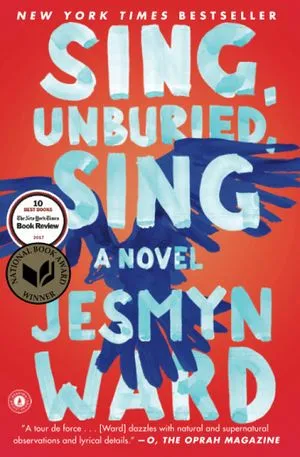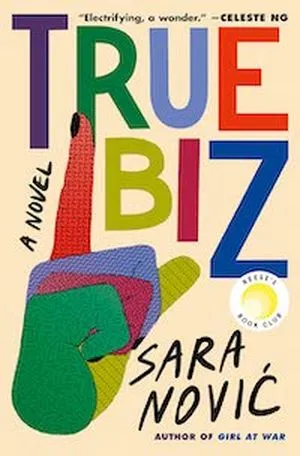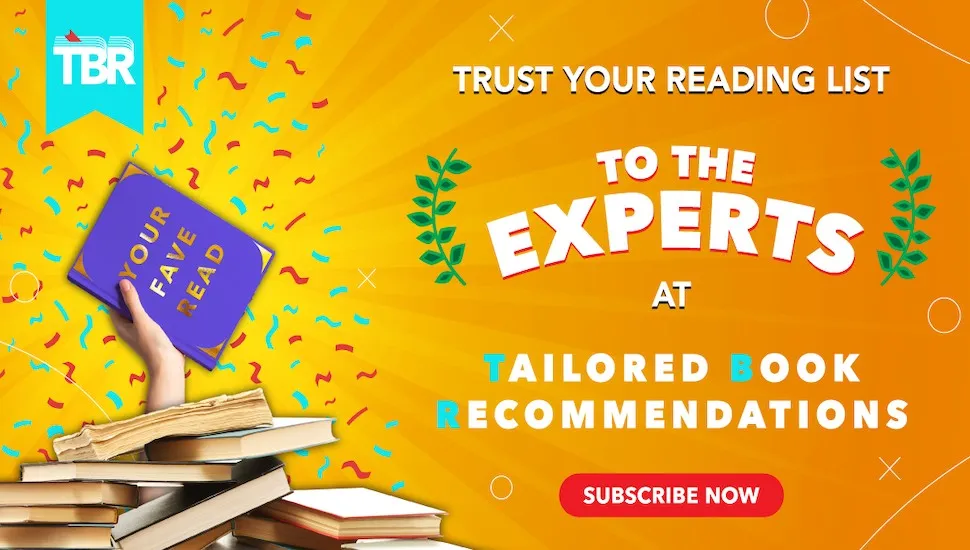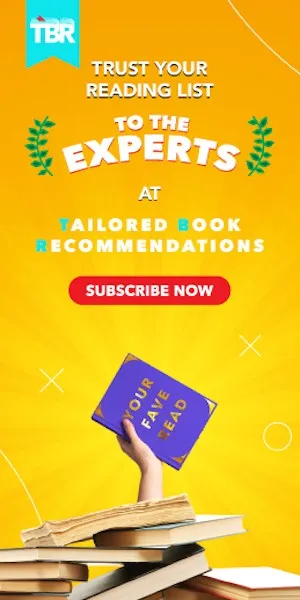
8 Unforgettable Literary Fiction Reads by Marginalized Authors
Literary fiction is a notoriously difficult genre to pin down—if we can even call it a genre. It’s more about style, quality of prose…or perhaps pretentiousness. They’re the kind of books that get nominated for literary awards, that get taught in schools, that become modern classics. Check out Annika’s essay What is Literary Fiction, Anyway? for a more in-depth discussion, but for now, let’s just say you know it when you see it.
Despite it being a difficult to define category, I still think it’s worth seeking out literary fiction. Some of the most beautifully written, thought-provoking, and memorable books out there are literary fiction. They can sometimes be harder to read, but it’s worth challenging ourselves, at least some of the time. That’s why task #8 for the 2025 Read Harder Challenge is “Read literary fiction by a BIPOC, LGBTQIA+, and/or disabled author.”
Literary fiction works tend to be the most celebrated and revered, for better or worse. They are what’s recognized for awards—including the few literary awards that come with significant cash prizes. But often, the literary fiction recommended is by the same handful of names, who also happen to be male, white, cisgender, straight, and abled. It’s worth seeking out marginalized voices not only to combat the system discrimination in the book world, but also because—in my opinion—much of the most interesting and groundbreaking literary fiction works are by marginalized authors.

Sing, Unburied, Sing by Jesmyn Ward
Winner of the National Book Award, Sing, Unburied, Sing is an incredible feat of Southern literature. Jesmyn Ward concludes her trilogy of Mississippi novels with this ghost story. Jojo, a 13-year-old boy, lives with his grandparents. But when his mom shows up to take him to pick up his father who is being released from prison, he goes on a road trip that will change his life forever. —Kendra Winchester

True Biz by Sara Nović
Set in a boarding school for Deaf students, this novel’s characters include Charlie, a new student, and February, an alumna and headmistress trying to save the school. It also contains lots of background on Deaf culture and illustrations of American Sign Language. Some of the students, like Austin, come from Deaf, signing families, while Charlie comes from a hearing family. Growing up without access to sign language was socially isolating for Charlie. Her story also shows that many Deaf people don’t want cochlear implants. In Charlie’s case, her implants are dangerous. She crews for a school production of Peter Pan and joins a diverse, rebellious group of friends. —Grace Lapointe
Content for All Access members continues below.
What book do you recommend for this task? Let’s chat in the comments!
Check out all the previous 2025 Read Harder posts here.
The comments section is moderated according to our community guidelines. Please check them out so we can maintain a safe and supportive community of readers!












Leave a comment
Join All Access to add comments.